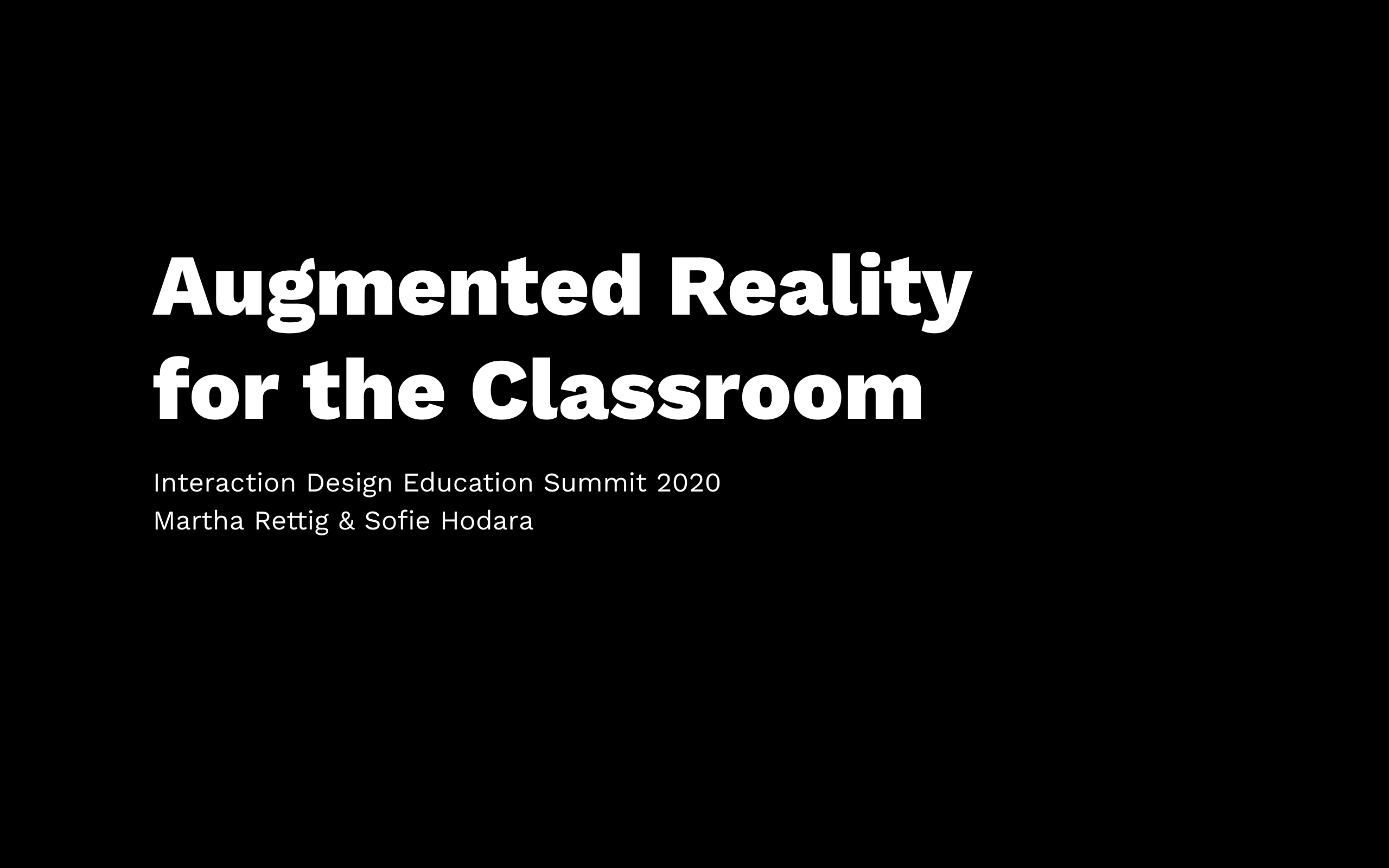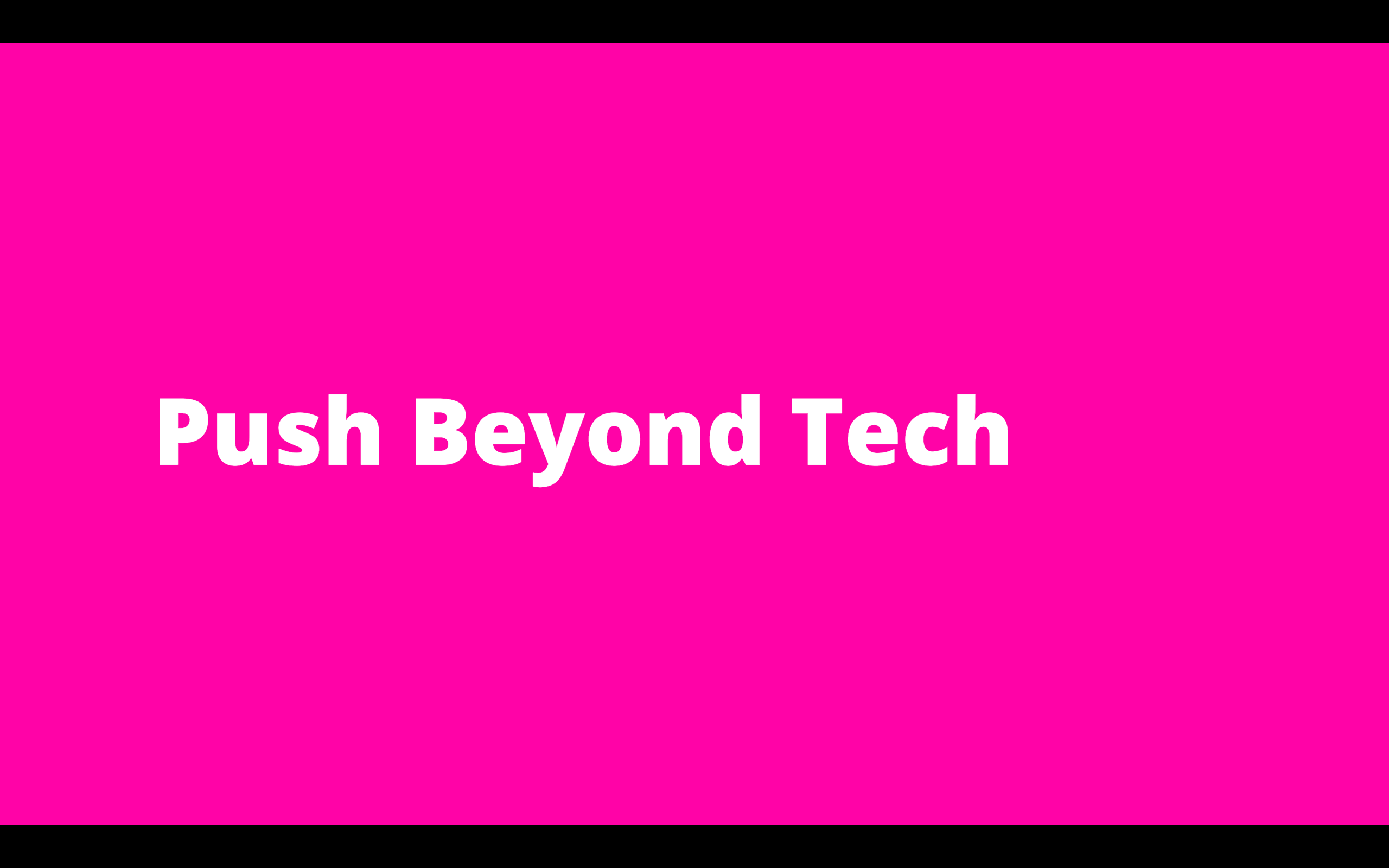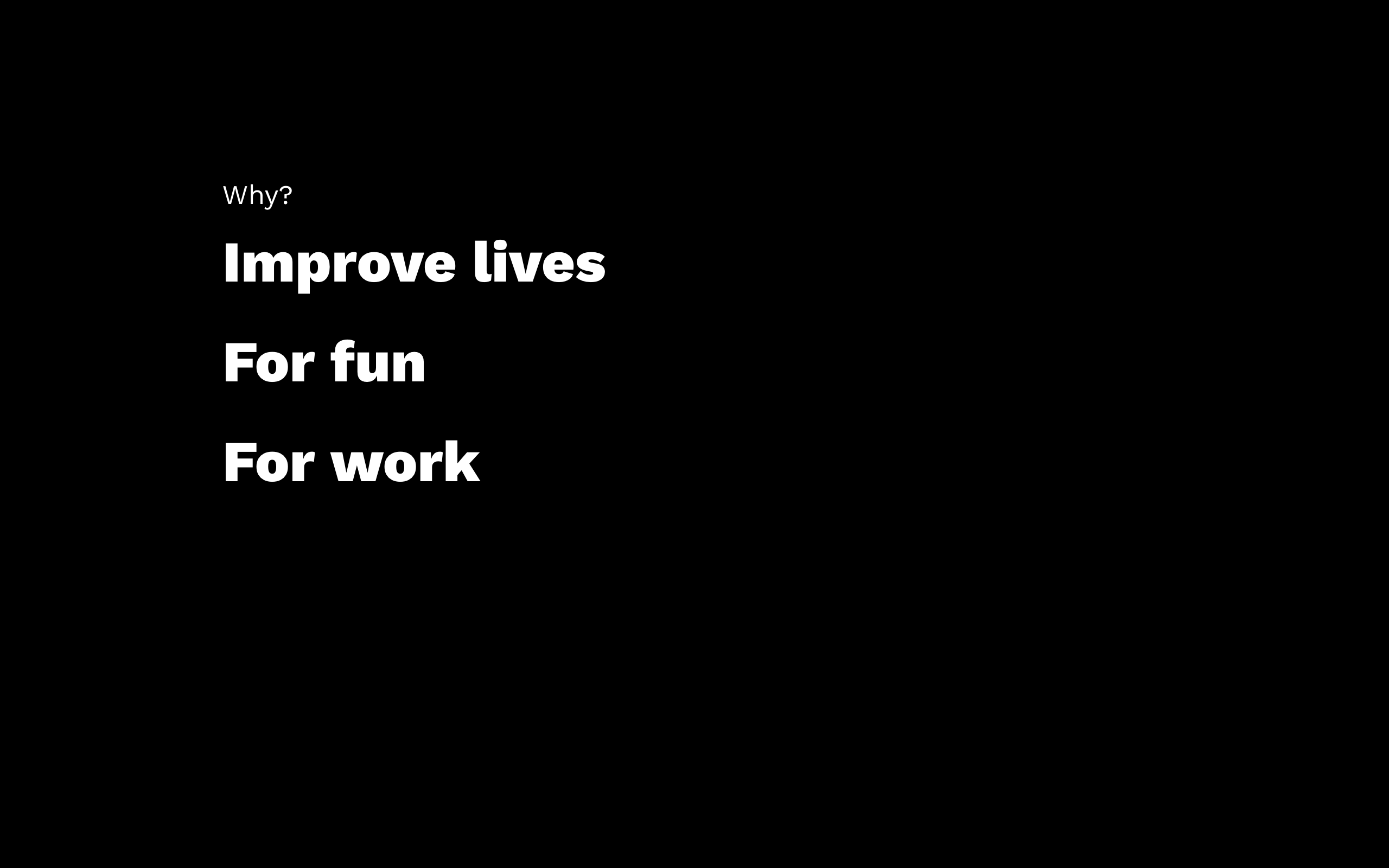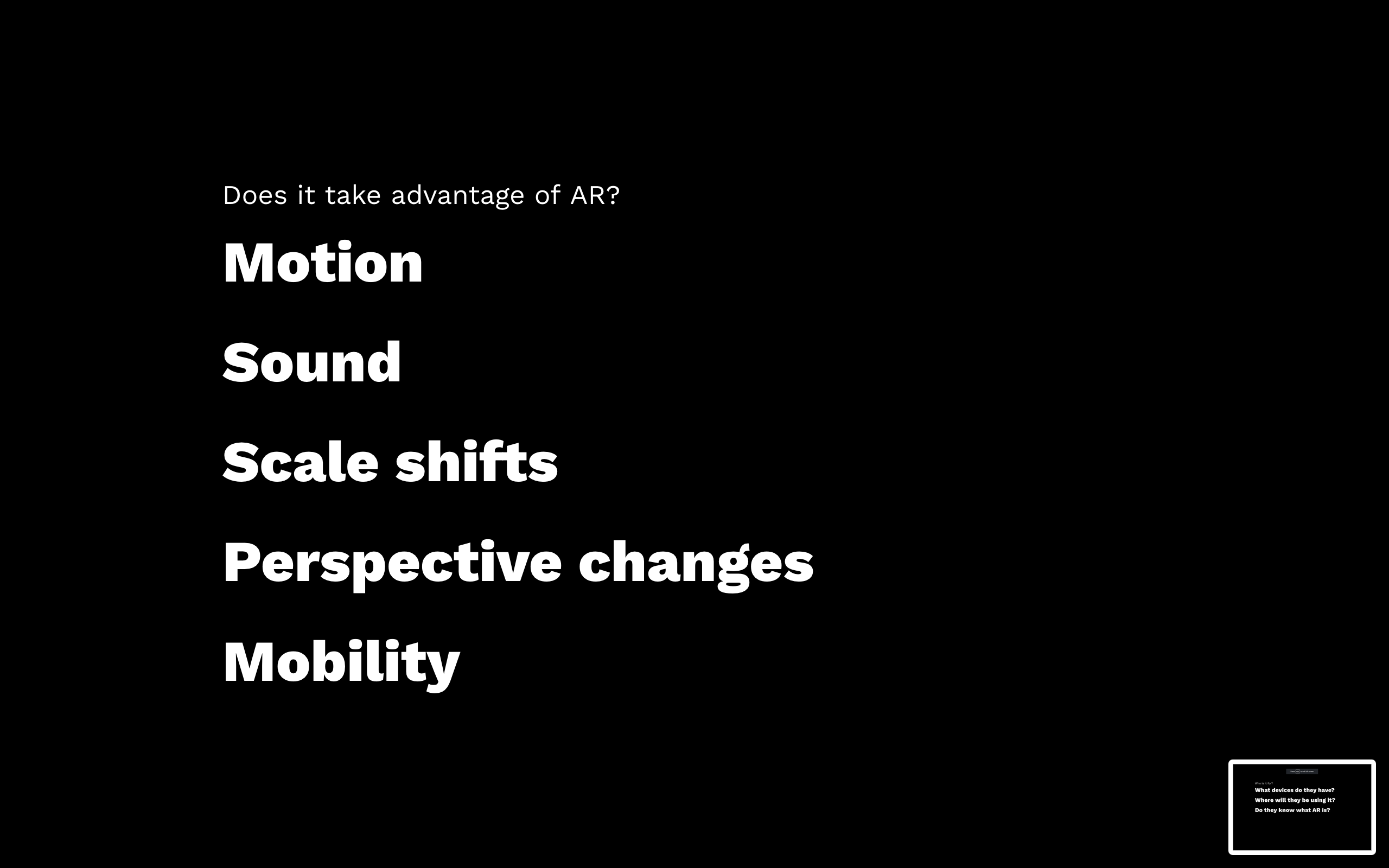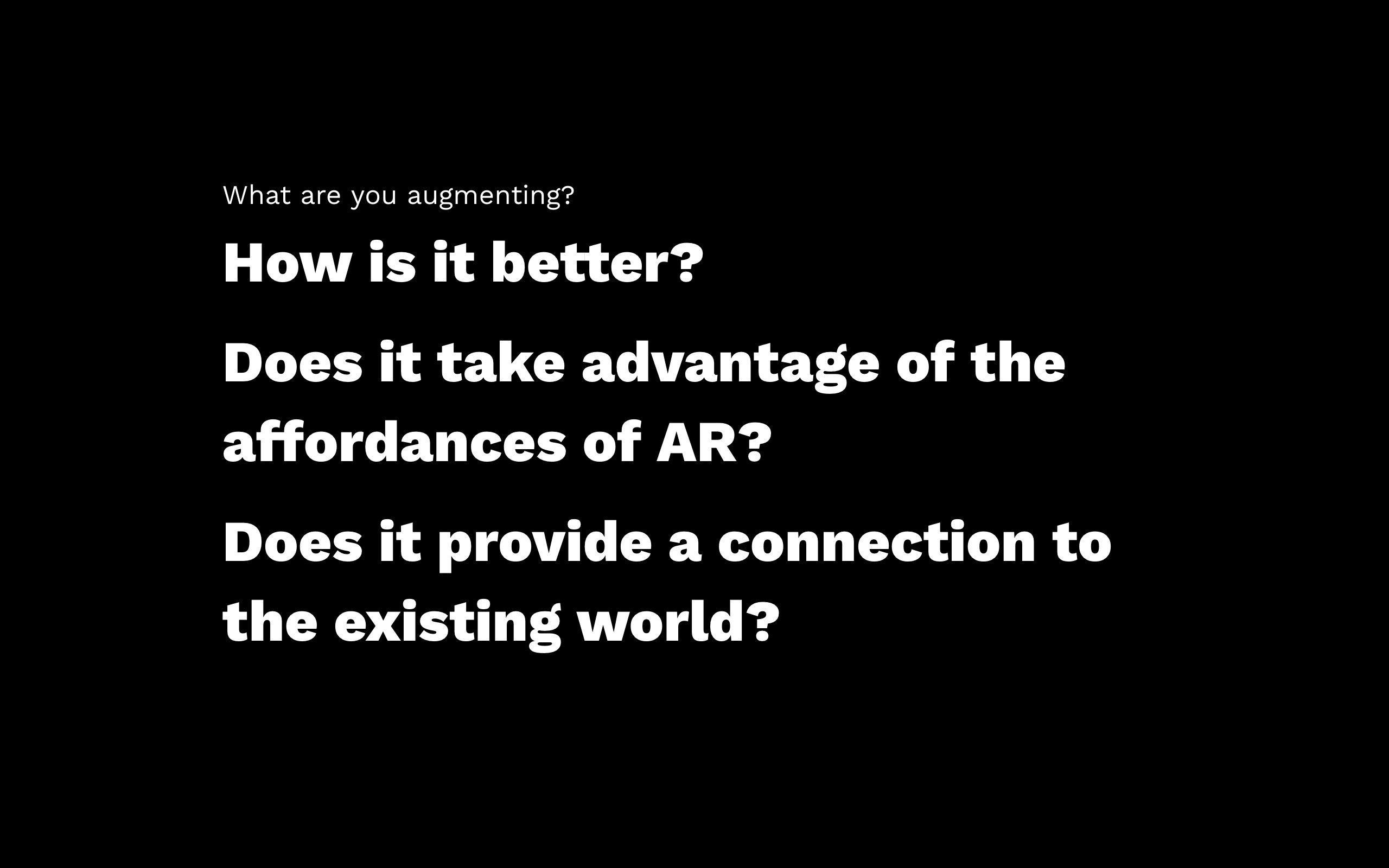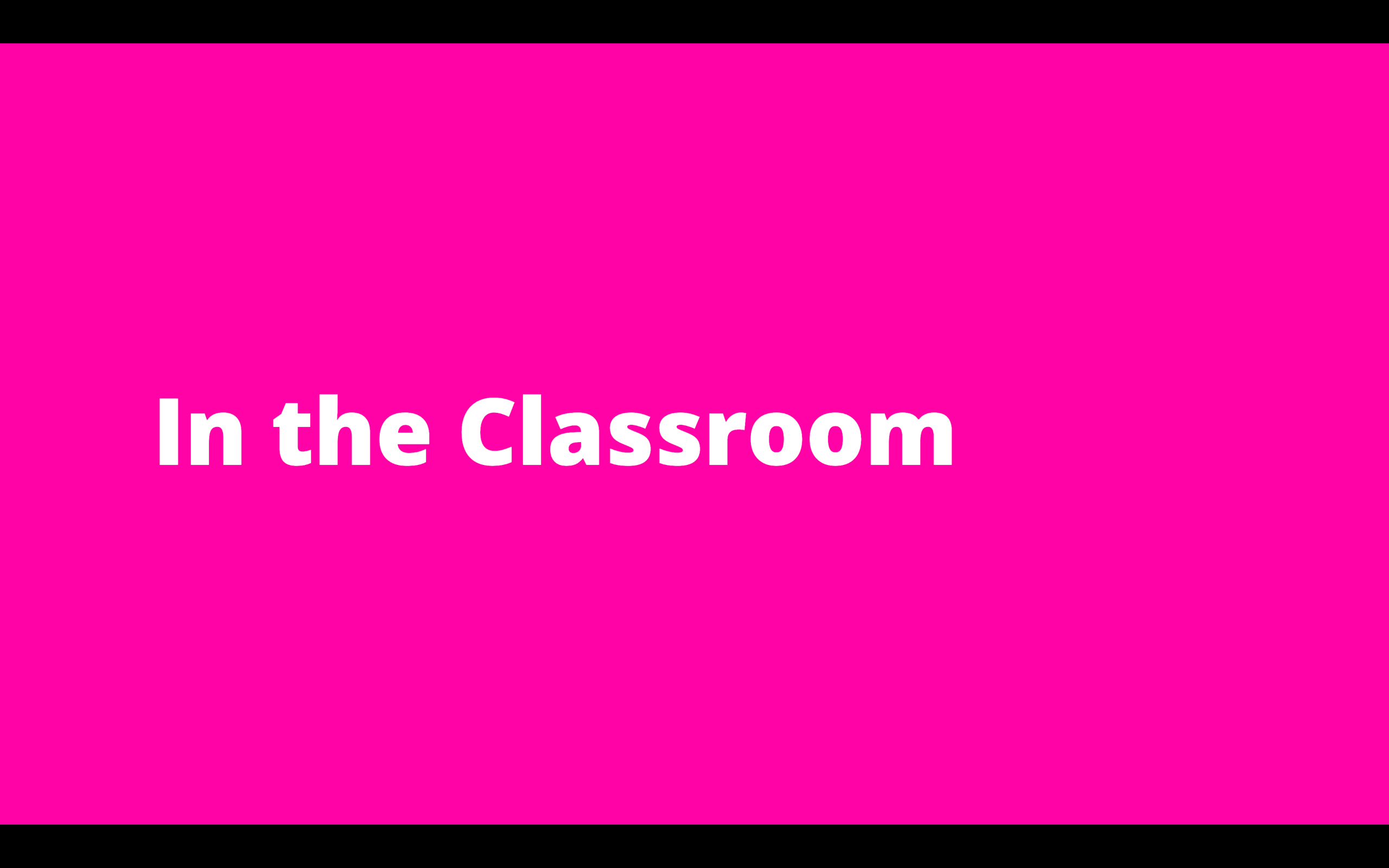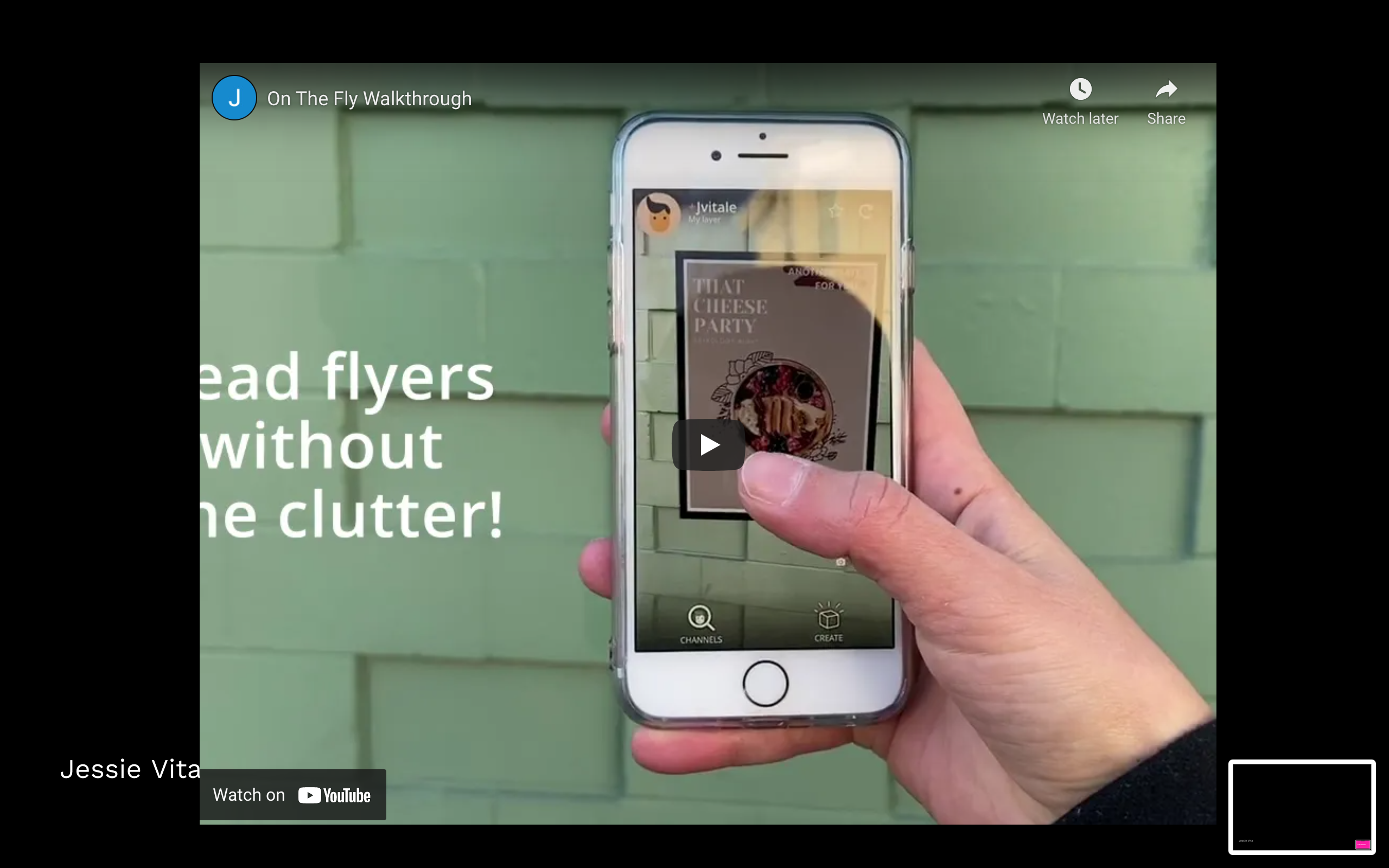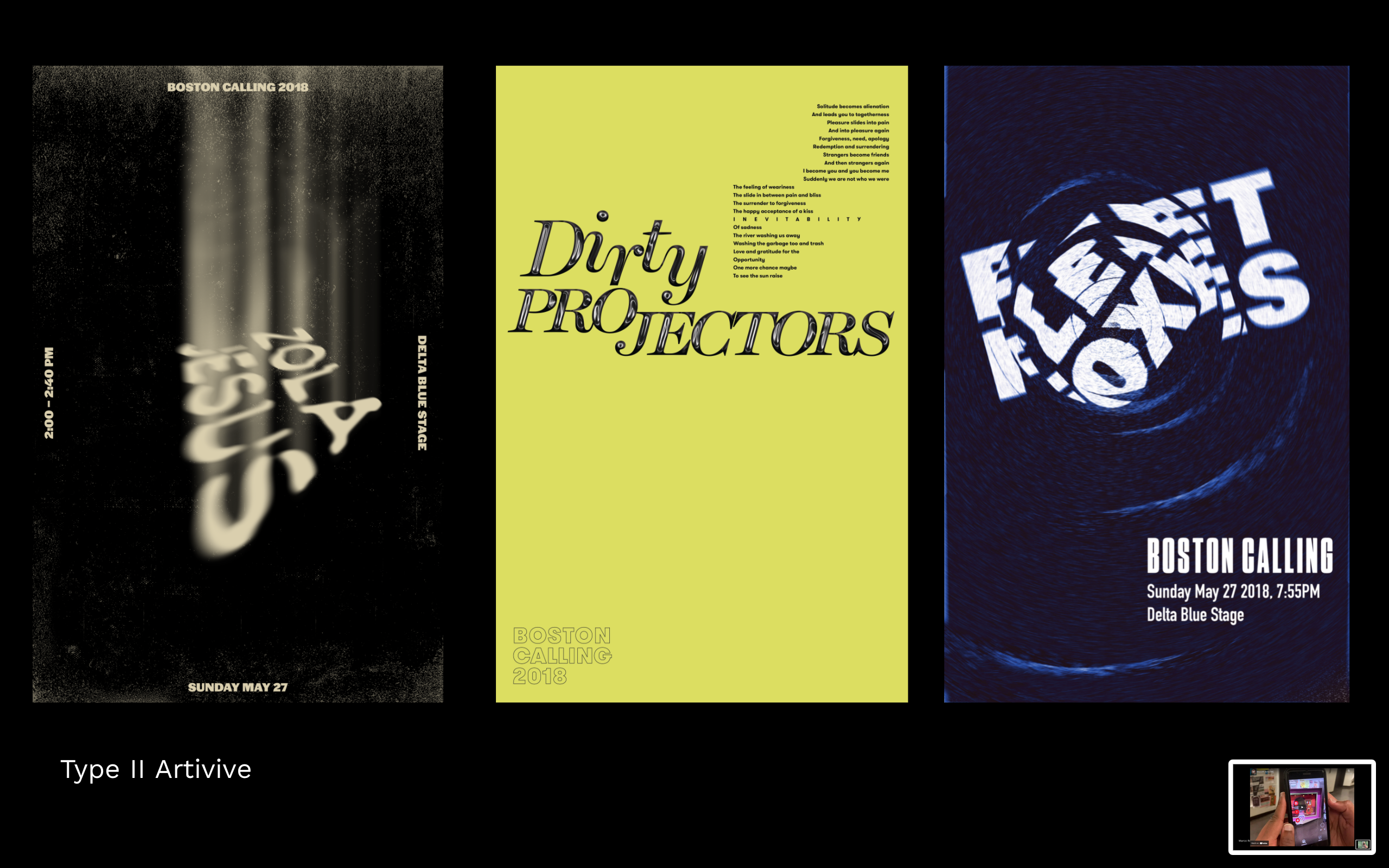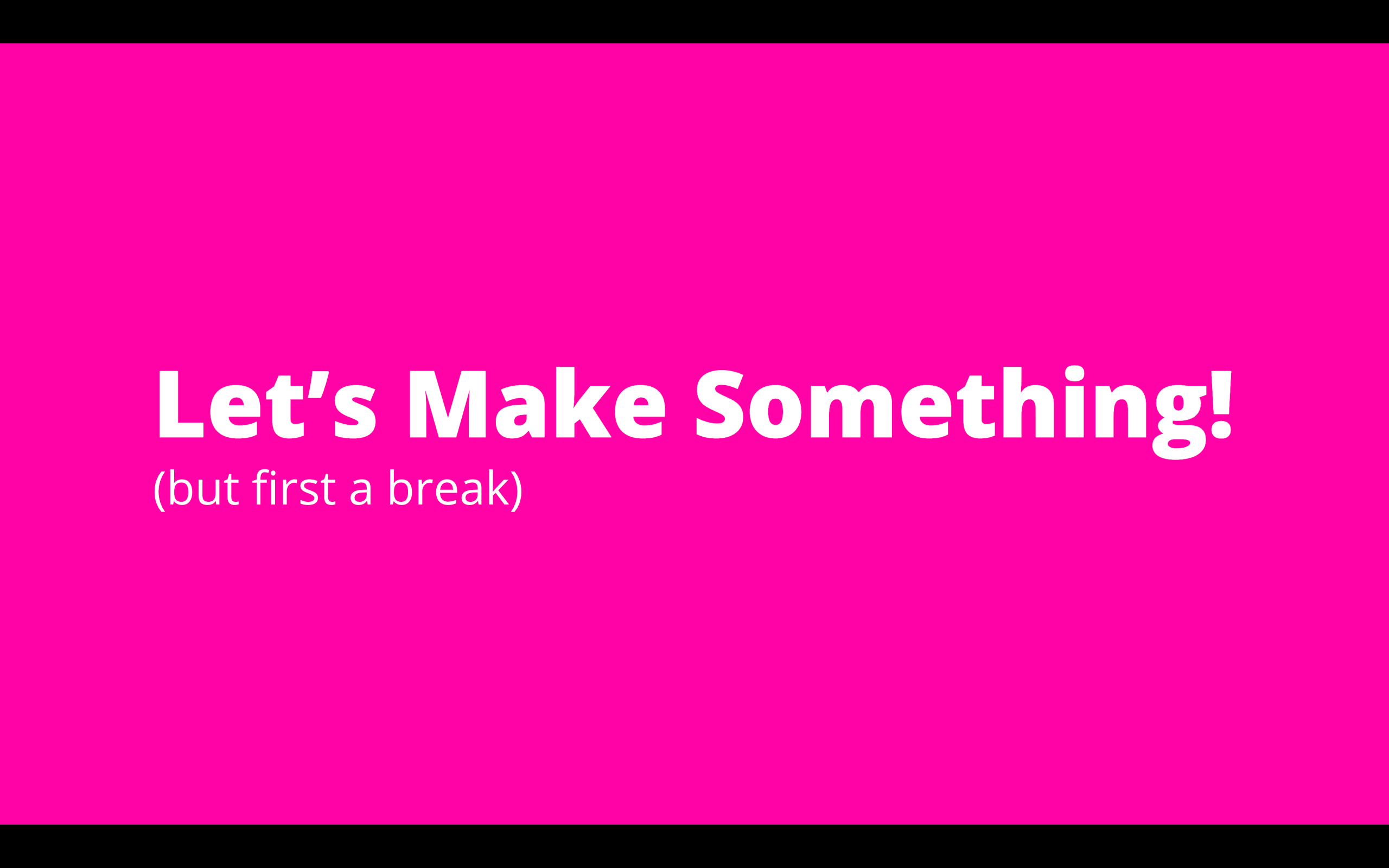Associate Professor
Massachusetts College of Art + Design
Augmented Reality For The Classroom
IXDA Education Design Summit 2020 | Milan, Italy | Workshop
In 2018 Martha Rettig and Sofie Hodara, began bringing augmented reality into their respective classrooms and personal design practices. As two educators at a public college, it was difficult to find tools for prototyping and publishing that weren’t reliant on programming skills, expensive platforms, and fancy hardware. And, when they actually published these experiences, they were confronted with similar barriers to entry. Working in augmented and virtual reality reminded us of working in the wild west of web design in the early 2000s: non-standardized workflows, tools, and platforms for designers.
Eager to bring this technology to their students and frustrated by limited options, they developed a rapid-prototyping tool that requires only a browser and smartphone. In 2019, after a year of development, Martha published an open-sourced platform: CabinAR. Since then it has been used at many colleges and conferences around the world.
Many workshop participants have taken CabinAR back to their highschool and college classrooms. Putting CabinAR into the hands of as many creators as possible, gives designers equal access to explore and develop knowledge in this space. Students don’t need access to expensive platforms and equipment to begin to develop the principles and standards for augmented reality experiences. CabinAR creates a hands-on learning environment, where designers and students alike can learn from observation through rapid prototyping and human testing.
This hands-on workshop is for anyone interested in creating augmented reality experiences with motion and interaction but doesn’t know how to get started. In only a few hours participants will be building in augmented reality using an open-source platform, a browser, and smartphone – no technically-opaque and cost-prohibitive technology – that they can easily bring back to any studio or classroom. Each participant will create their own live augmented reality experience that they can share with colleagues, students, and other conference participants.
We would be delighted to share it with the participants of the “Education Design Interaction Summit.”
Presentation Deck
A few slides
